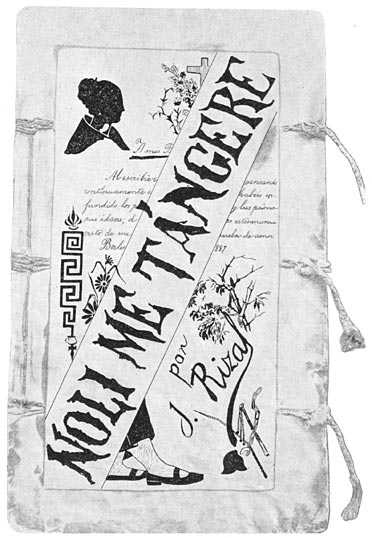By Christine Fabro and Pearl Gumapos
True is the saying that the pen is mightier than the sword. And true is the fact that our national hero relied on pen and paper to help spark a revolution that would free the Filipinos from the shackles of the Spaniards.
Today (June 19), we commemorate our national hero’s 160th birth anniversary. Learn some facts about the notable literary masterpieces written by our national hero, Jose Rizal.
To the Filipino Youth
This literary poem is written in Spanish which was penned by Rizal when he was 18 years old and studying at the University of Santo Tomas (UST). He submitted this in a contest held by the Manila Lyceum of Art of Literature and garnered first prize. This piece showcases strong messages to convince the youth that they are the hope of the nation. Rizal further stresses the importance of education in relation to one’s future.
To the Young Women of Malolos
This letter was addressed to Filipino women and reflects on Rizal’s inheritance and issues reminders to Filipino women. Here, Rizal addresses mothers, wives, and single women. He showcases the qualities that mothers should possess as well as the duties of wives to their husbands and children. He also writes a counsel on how young ladies should choose their husbands. The inspiration behind this work lies in his respect for the women of Malolos.
Kundiman
Traditionally, a kundiman refers to a love song where a man serenades the woman he loves. However, in Rizal’s kundiman, he professes his love for his motherland and reflects on his high hopes that one day, his country would be free from treachery and injustice.
Goodbye to Leonor
This piece gives a peek into the romantic relationship between Rizal and Leonor Rivera. After finding out that Leonor would soon marry Henry Kipling, Rizal wrote this poem which shows the lonely heartbreaking emotions he felt when he heard the news.
Junto Al Pasig
“Beside the Pasig River” is a one-act play in the Spanish language for the velada or a gala variety program during principal feast days. The play shows a story between Leonido, a young Filipino who has a strong faith in the Virgin, and the Diwata/Satan, who symbolizes the Spanish oppression towards Filipinos. It highlights Christianity, good versus evil, and paganism.
Noli Me Tángere
In citing Rizal’s work, one cannot forget the famous “Noli Me Tángere” which exposes the problems of the Filipino society during the Spanish era. This book centers around Crisostomo Ibarra and how he dealt with Spanish authorities.

El Filibusterismo
“El Filibusterismo” is the sequel to “Noli Me Tángere”. This book tackles a dark theme, as compared to the Noli’s hopeful tone, and shows the Philippines’ issues and the main character’s attempt at reformation. The novel also portrays the corruption, discrimination and abuse of the Spaniards towards the Filipinos. Both El Filibusterismo and Noli Me Tangere were banned in the country at the time of their publication due to their seditious nature.
Mi último adiós
This literary work, “My Last Farewell”, was written during Rizal’s final days in Fort Santiago, Manila. Because there was no title for this poem, his good friend and fellow reformist, Mariano Ponce, came up with the title as there have been accounts that he wrote this the night before his execution.
Rizal’s childhood
Just like any other person, Rizal was once a young boy and according to the historians, his childhood was the best part of his life. Since Rizal’s early manhood, he had already shown greatness and exceptional mental capacity. Since then, his interest for knowledge and adventure were acknowledged by many familiar with him and his works.
Jose Rizal learned his letters at the age of three. He learned almost without the use of books while his mother laid the foundation of his great knowledge achieved in such a short period of time.
The talented young Pepe
His writings revealed his creative juices and wide knowledge in magic, too. In Chapter XVII and XVIII of his second novel, “El Filibusterismo”, he showed his knowledge of magic. Out of his vast interest, he learned vicarious tricks, such as making a coin appear or disappear in his fingers and making a handkerchief vanish in thin air.
He also entertained his town folks with magic-lantern exhibitions and gained a skill in manipulating marionettes in puppet shows.
His crafty hands were fond of playing with clay and wax. He used these materials in forming modeled birds and butterflies which eventually became the foundation of his study of nature.
Rizal may have had no natural aptitude for music but he still studied music because many of his schoolmates at the Ateneo were taking music lessons. This paved the way for Rizal to play the flute fairly well. He was a flutist in various impromptu reunions of Filipinos in Paris.
In the bloom of his childhood until manhood, Rizal developed skills that no one would have imagined would lead him into becoming the nation’s most significant hero. -rir
